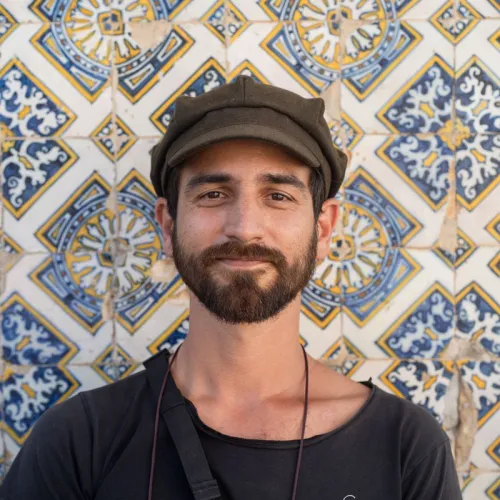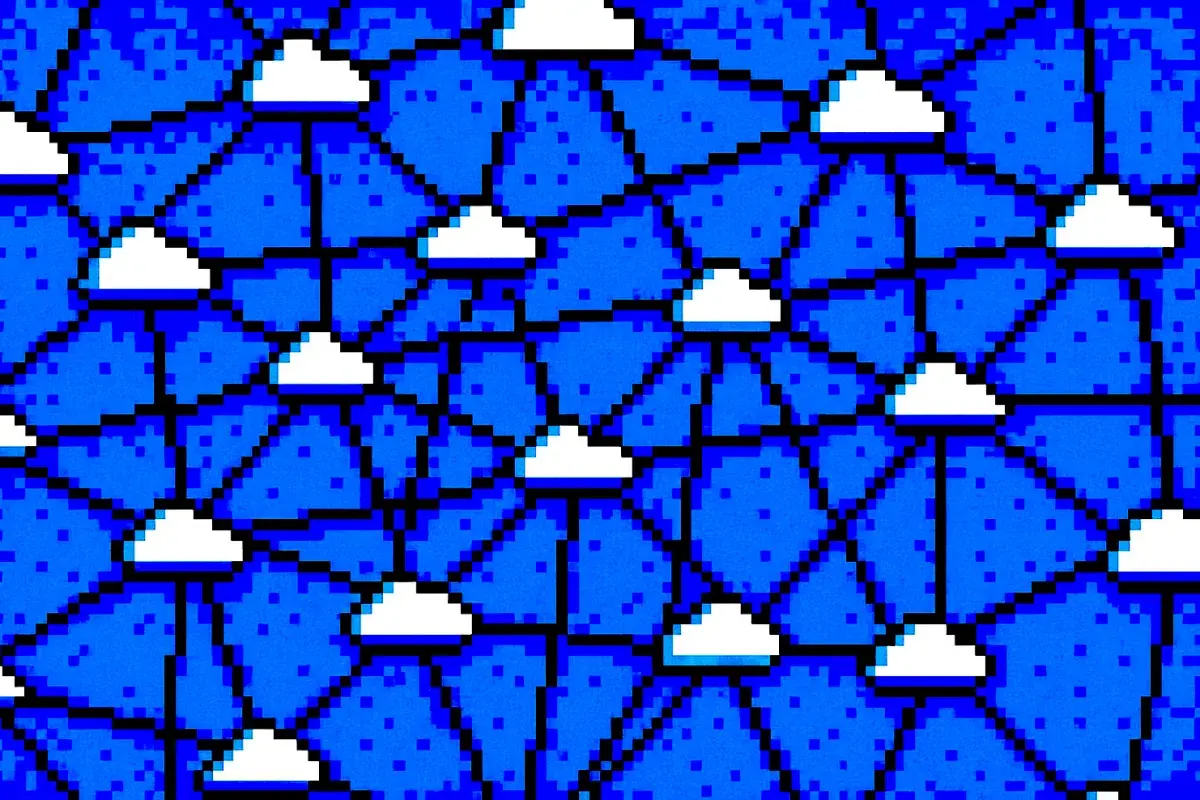
Working in creative bursts
I’m coming to accept that I work in creative bursts — intense periods of production, followed by quiet introspection.
September 30, 2025
If you’ve been anywhere near a digital device in recent years, you might have noticed the latest trend of our current era:
Artificial Intelligence.
It’s everywhere, from your Google searches to your Spotify playlists. New Agers now channel Lemurian wisdom through ChatGPT wrappers as tech billionaires claim that regulating AI accelerates the coming of the Antichrist. Companies are rushing to slap an “AI” label to their brands in a frenzy similar to the Dot-Com bubble.

Most importantly, we are becoming increasingly used to AI as an extension of our brains. We use it for research, guidance, self-expression, technical help, and many aspects of our private life.
I don’t want to sound like my high school teacher arguing against calculators, but I do think it’s important to consider the symbiotic relationships humans have with our technologies.
In “Amusing Ourselves to Death”, Neil Postman argues that each medium is a metaphor that teaches us how to think. A few examples of this are:
A few decades after Postman first published his book, we find ourselves in the midst of yet another technological revolution.
The computer, with its bias towards modular thinking, gave way to social media’s virality of the extremes, and is currently shaping AI as a substitute for cognition.
Slowly but surely, we’re learning to trust an agent’s answers over the hassle of thinking, learning and doing at a humanly pace. It’s convenient, it’s efficient, it’s productive. It’s a superpower!
But here’s the catch: the more we rely on AI, the more we become dependent on it as a mediator of knowledge and its consequent baggage.
Delegating our thinking process to such a system is the perfect recipe for a society permanently reliant on a technology that will increasingly look like magic.
If this feels like a rather bleak Orwellian outlook, here’s a small sliver of hope: as much as AI companies have control over the evolution of the technology, users still have agency and responsibility over the way we interact with it.
We don’t have to accept the narrative that it’s “AI or bust”. If the AI bros of the world are vibe coding their way through life, let them.
As AI becomes more human-like, and the world lures us with its hypercontextualized delights, that which can’t be scaled to infinity will become more valuable than ever.
Presence, attention, creativity, and even the paradoxical contradictions we all hold within. Craft, taste, experience. None of these unique human qualities can be delegated away to a machine. They take time to develop and can’t be rushed.
I can very well see the raise of movements such as the Arts and Crafts of the late 1800’s, which arose as a form of protest against industrialized production, or Slow Food as an alternative to fast food.
These are proof that, even under the colossal momentum of progress, cultures that go against the grain can still thrive.
By all means, master the art of prompt engineering, but don’t engineer yourself out.
Stay human.

Sergio Camalich Morales
I am Mexican Graphic Designer, Photographer and Artist, writing about the underlying craziness of reality, and other stuff.

I’m coming to accept that I work in creative bursts — intense periods of production, followed by quiet introspection.

It’s easy to get stuck inside a hamster wheel of *doing* when making things on the internet.

Buy into the systems, do the courses, get all the help you need. But at the end of the day, don’t take somebody else’s path — as valuable as their insights and experiences might be — over your own.